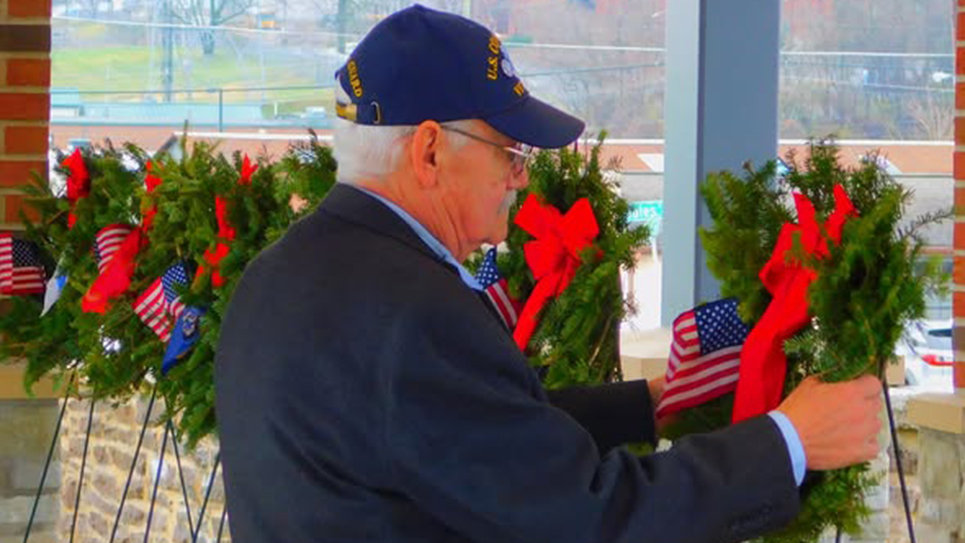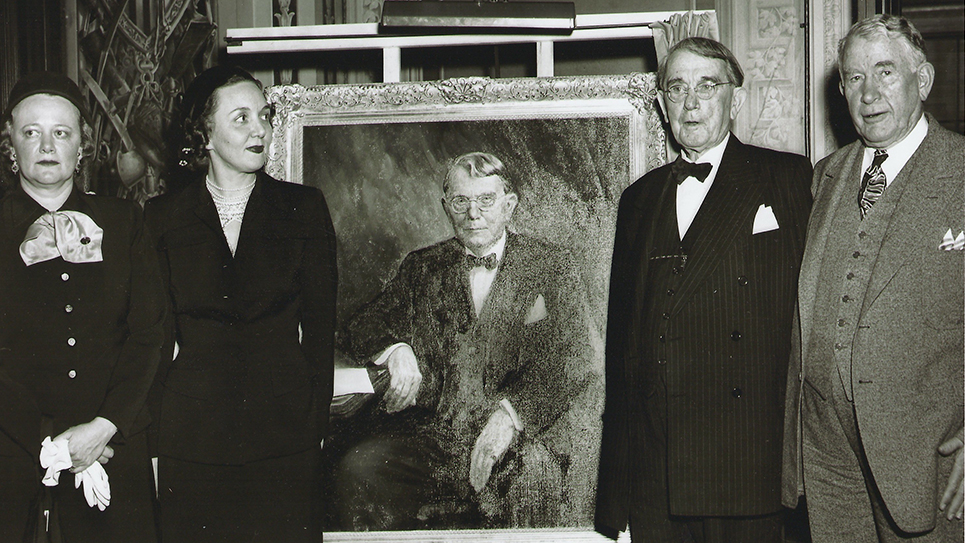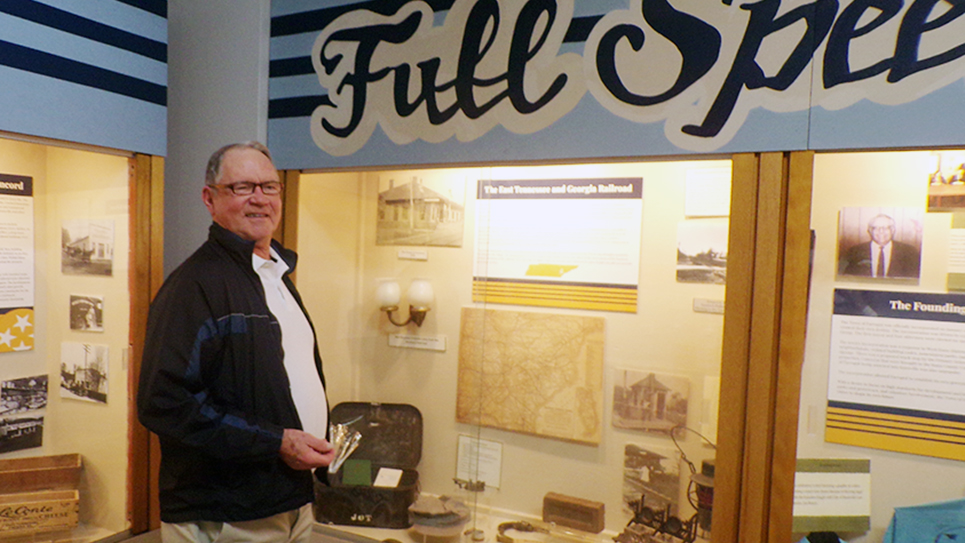‘The die seemed cast for intercollegiate football in Knoxville’
By Tom Mattingly
The time we have waited for—anxiously, in many cases—is now here. Tennessee football returns this Saturday (Aug. 31) against Chattanooga on the legendary field and in the equally legendary stadium that has hosted Vol football since 1921.
The naming of the field pays tribute to Col. William Simpson Shields and his wife, Alice Watkins Shields, who are credited with a $40,000 gift to help make the stadium a reality. That gift is equivalent to $702,882.68 today. The game took place in a stadium named for former head coach Gen. Robert Reese Neyland a year later. Gen. Neyland led the way in establishing the Tennessee winning tradition.
All of this excitement began on Nov. 21, 1891, when Tennessee played its first football game in Chattanooga against the University of the South, aka Sewanee.
For perspective, Neyland had not yet been born, making his earthly debut on Feb. 17, 1892, in Greenville, Texas. Nathan Washington Dougherty, born on March 23, 1886, in Scott County, Va., was five years old. Both would prove to be influential figures in the program’s growth and development.
The final tally was 24-0. It was obviously a difficult beginning, but the die seemed cast for intercollegiate football in Knoxville.
There had been a game scheduled for that day at Maryville, as historian Ron Allen reports. That game was never played, Tennessee opting for the game at Chattanooga.
Allen also notes there may have been a game against a local team a few days earlier, and a game played on Thanksgiving Day, but those games have not made it into the Tennessee record books.
“The game of football is beginning to obtain a foothold here,” the Knoxville Journal reported the day before the Sewanee game. “The cadets of the university have organized a team, and they go to Chattanooga tomorrow to meet the Sewanee team. They have an eleven which is an honor to the university they represent. The rush line is a heavy one and in it is numbered Mr. Denlinger, an ex-Princeton player, who is now professor in the university gymnasium.”
Here’s a look at the Vol starters that day: Robert L. Hayes, “center rush,” 205 pounds, James R. Wood, left guard, 190 pounds, Charles C. Moore, right guard, 150 pounds, Herbert R. Lathrop, left tackle, 155 pounds, Edwin S. Werts, right tackle, 150 pounds, Charles McClung Rhea, left end, 145 pounds, John B. Cox, right end, 150 pounds, Howard A. Ijams, quarterback, 110 pounds, Shirley E. Spence, halfback, 140 pounds, H. K. Denlinger, halfback and coach, 160 pounds, and Charles A. Mooers, fullback, 150 pounds. All except Hayes are listed as Tennessee football lettermen.
Moore was captain of the 1892 team and is credited for school colors being orange and white, although it would be 1922 before the Vols would appear in the now-famous orange jerseys.
For many fans in those days, baseball was the sport of choice on campus. The Knoxville Journal noted that, “If we are routed in this game, we will send our baseball team down next spring to balance up accounts.”
Russ Bebb reported in his 1973 history of Tennessee football that the results of the game were not reported in Knoxville newspapers until Nov. 25. Bebb also wrote that the story was “probably reluctantly” printed. There had been a brief mention in the Journal’s Nov. 22 edition of the game being played, but offering no details.
Game reports indicated that the contest was more like rugby. Reports also indicated that around 100 fans witnessed the game. There are larger crowds today at Tennessee’s “closed scrimmages.”
The headline of the Nov. 25 Journal story was vintage: “SEWANEE WON: Our University Boys Are Not In It With Them.” The game story, brief as it was, was “buried on page 7,” Bebb wrote.
“The down train this a.m. brought 46 Knoxville boys from the University of Tennessee, who came to meet the Sewanee boys and contest for the football championship of the state,” an unnamed journalist wrote. “The Sewanee team came the night previous. Sewanee wore the purple colors, Knoxville the Orange and White, and the two teams have owned the town. A heavy rain had been falling all day, and the boys played in the rain. Sewanee won easily by the score of 24 to nothing. After the game, all the boys took in the theatre.”
A campus publication called the “University Student” reported that one player was undaunted by the outcome. “It was the first game of our team, and was played after a long tiresome ride that morning. We are not ashamed of our defeat, for it took a good team to beat us,” the story read.
That was then. This is now.
There has been nothing humble about the growth and development of Vol football over the years. It all started, in the rain, 133 years ago with a game in Chattanooga. As more than 100,000 fans find their way to Neyland Stadium on fall Saturdays today, they will say quite clearly that there’s no place they’d rather be.





